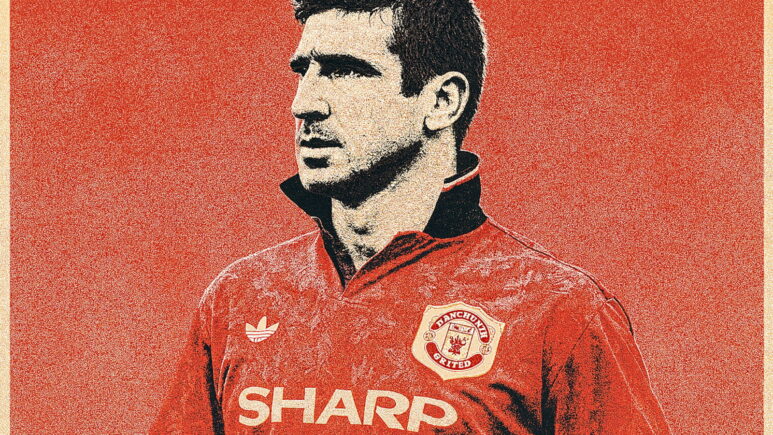Classic Transfers and Their Historical Impact

Football history is replete with transfers that changed the trajectory of clubs, leagues, and even the game itself. These moves were more than just player transfers; they marked shifts of power, intensified competition, and redefined tactical strategies.
Laying the Foundation for Change
Truly historic transfers often occur when a team is on the verge of transformation. The arrival of a key player can act as a catalyst, providing the missing element for a team’s ambitions or forcing competitors to raise their game. In some cases, the signings have reshaped the commercial side of football, opened up new markets, and increased the sport’s global influence.
Examples of Historic Transfers
Diego Maradona to Napoli (1984)
Maradona’s move from Barcelona to Napoli was a turning point for both player and club. At the time, Napoli were mid-table in Serie A, overshadowed by the northern powers. Maradona’s skill, leadership, and charisma propelled the team to unprecedented success, including two league titles and a UEFA Cup. His arrival also united the city and ushered in a rare period of dominance in southern Italian football.
Eric Cantona to Manchester United (1992)
Cantona’s move from Leeds United to Manchester United is considered one of the most influential transfers in the Premier League. His talent, vision, and leadership revolutionized Manchester United’s attacking system, inspiring the club to its first league title in 26 years. Cantona became the symbol of Sir Alex Ferguson’s rebuilding plan and set the tone for Manchester United’s decade of dominance.
Cristiano Ronaldo to Real Madrid (2009)
Ronaldo’s then-world-record transfer from Manchester United to Real Madrid was both a footballing masterstroke and a marketing masterpiece. On the pitch, he scored at a rate unprecedented in La Liga, helping Real Madrid win multiple Champions League titles. Off the pitch, the signing expanded the club’s global brand and laid the foundation for an era of big-money transfers.
Zinedine Zidane to Real Madrid (2001)
Zinedine Zidane, then the most expensive player in history, joined Real Madrid as part of the “Galactico” project. His impact was immediate, leading the club to Champions League glory with one of the most famous goals in Champions League history. The signing reflected football’s shift toward star-driven marketing and roster development.
Thierry Henry to Arsenal (1999)
Signed by Arsene Wenger from Juventus, Henry became the cornerstone of Arsenal’s modern success. His goalscoring and creativity were crucial to Arsenal’s title wins, including their unbeaten run in 2003-04. The transfer also highlighted the growing influence of French players and managers in the Premier League.
How Transfers Shape the Football Landscape
A major transfer can change far more than just the team roster. It can force tactical adjustments, influence the recruitment of rival teams, and spark cultural shifts among fans. The most impactful transfers often serve as reference points for future negotiations, setting benchmarks for transfer fees, wages, and commercial expectations.
In today’s market, the financial scale of transfers continues to grow, but their core elements remain constant. The most memorable signings are those who combine sporting achievement with cultural and historical resonance, leaving a legacy that transcends the pitch.

Visitor comments ( 0 )